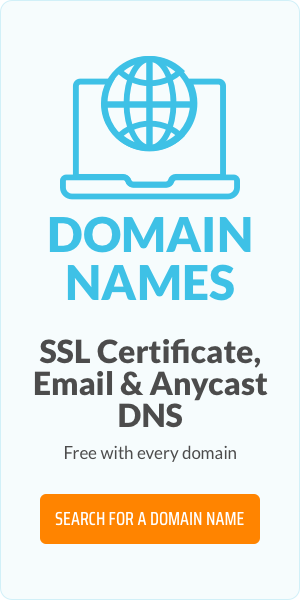“Your domain name is not available.” Aaaargh, now what?

It’s frustrating when you’re searching for a domain name and it’s taken. Curious, you check out the website only to find your precious domain name is parked, or it’s up for sale at an extortionate price. Here’s some invaluable advice from Daniel, our CSO. Seven years in the domain industry, his knowledge knows no bounds...
Winning solutions
You’ve got a really cool name for your business. Naturally you want the domain name to go with it but you can’t get the .COM. There are alternatives, here're Daniel's winning solutions!
“Your domain name is not available” – alternatives
- Obvious, but you could choose another name.
- If the name is up for sale and you don’t mind paying the marked-up price, fine.
- Wait for the name to be free to register. Tomorrow, next month, next year, in five years!
- Keep your name and explore alternative extensions. Interesting...
Check the history of a second hand domain name
Research should be done to ensure that a second hand domain name wasn’t previously used for phishing, spam, or scams, resulting in the name being blacklisted. Check backlinks and former traffic for positive or negative results.
Alternative extensions – country code domains
Using a country code extension (ccTLD) gives your website credibility in the relevant country. Users have more trust in websites local to their country so if you’re targeting Germany, go for .DE. It just makes sense - why live in Germany and look at .COM sites, that could be anywhere in the world?
You’ll need to find out the ccTLD registration requirements as some countries are stricter than others, and the products or services you offer may be taken into consideration.
Alternative extensions - new domains
Whilst .COM domain names are highly sought after, by their very nature they are broad in their description. Unlike the new domain extensions that add a keyword that can place you in your industry, highlight your interest, or locate you.
The new extensions are still in their infancy so don’t yet have the reputation and trust level that .COM has. But remember when .CO was simply the ccTLD for Colombia? Since it was relaunched as an alternative to .COM, it’s gone through the roof.
Authenticating your domain name
You missed out on the .COM so you registered an alternative, for example .CO. How do you let users know that the .CO is you?
Simple, register your brand name with other relevant extensions such as your location, and forward to your main site. That could be .LONDON or .PARIS, or ccTLDs like .UK or .FR. If your business targets other countries you should also register those too: .DE, .BE, .NL…
The new extensions have made authenticating your brand even easier, so depending on your industry, you could register .SHOES, .FASHION, .BOUTIQUE, and .LUXURY, the more the better.
It’s a bit like getting a recommendation on LinkedIn, they authenticate your profile. When a user searches your brand and they find your .CO, plus the .COM. Who’re they going to think owns the brand? You of course, you’ve got a royal flush.
Choosing the right domain name
- Who is your target audience?
- What is your target market?
- What extensions will appeal to both?
Important questions you must ask yourself. It’s your decision, your budget, your brand, your reputation, your profit. Do you choose a second hand domain name? Do you choose a new domain extension that’s still finding its feet, but has huge potential?
Not getting the .COM is not the worst that can happen. If you go your own way, yes it might mean a bit more work but you’ve a better chance of standing out from the 250+ million .COM crowd.
Daniel sums it up with this cool analogy - Volkswagen is the top selling car in Germany; it’s the .COM of the automobile world. Would you consider Mercedes a lesser car because it’s not the top selling brand?
